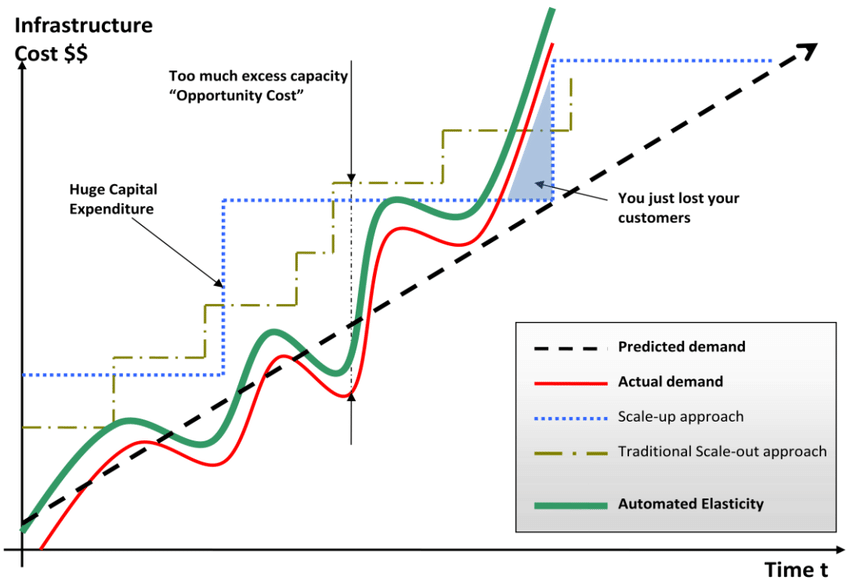Some core practices can save you time and effort when working with Cloud Computing, like being prepared for errors and isolated components.
Failure prepared
Always develop an application and its implementation with possible failures and critical errors in mind. With an automated recovery from any kind of failure, the application can stay online no matter what happens. Some examples are:
-
Automated backup and recovery
-
Critical processes executes at startup
-
Synchronization by queue
-
Configured and optimized images
-
Everything is stored in databases
Isolated components
Components with no dependencies with each other can keep the application running even if a component fails. This way, the cloud can spin up isolated components to help in case of critical errors or load balancing.
Scaling and elasticity
Choose the right scaling strategy. Most likely, just go with automated scaling.

Load Balancing
With parallel servers and components, a great distribution of requests can be shared different instances of a server, providing fast access to users. Goes hand in hand with scaling.
Dynamic and static data
Keeping data next to a component which will utilize it later can reduce latency. Data which is created and process inside the cloud can be easily and cheaply stored in the cloud, while static data like audio and image files, are better locally cached in the user machine.